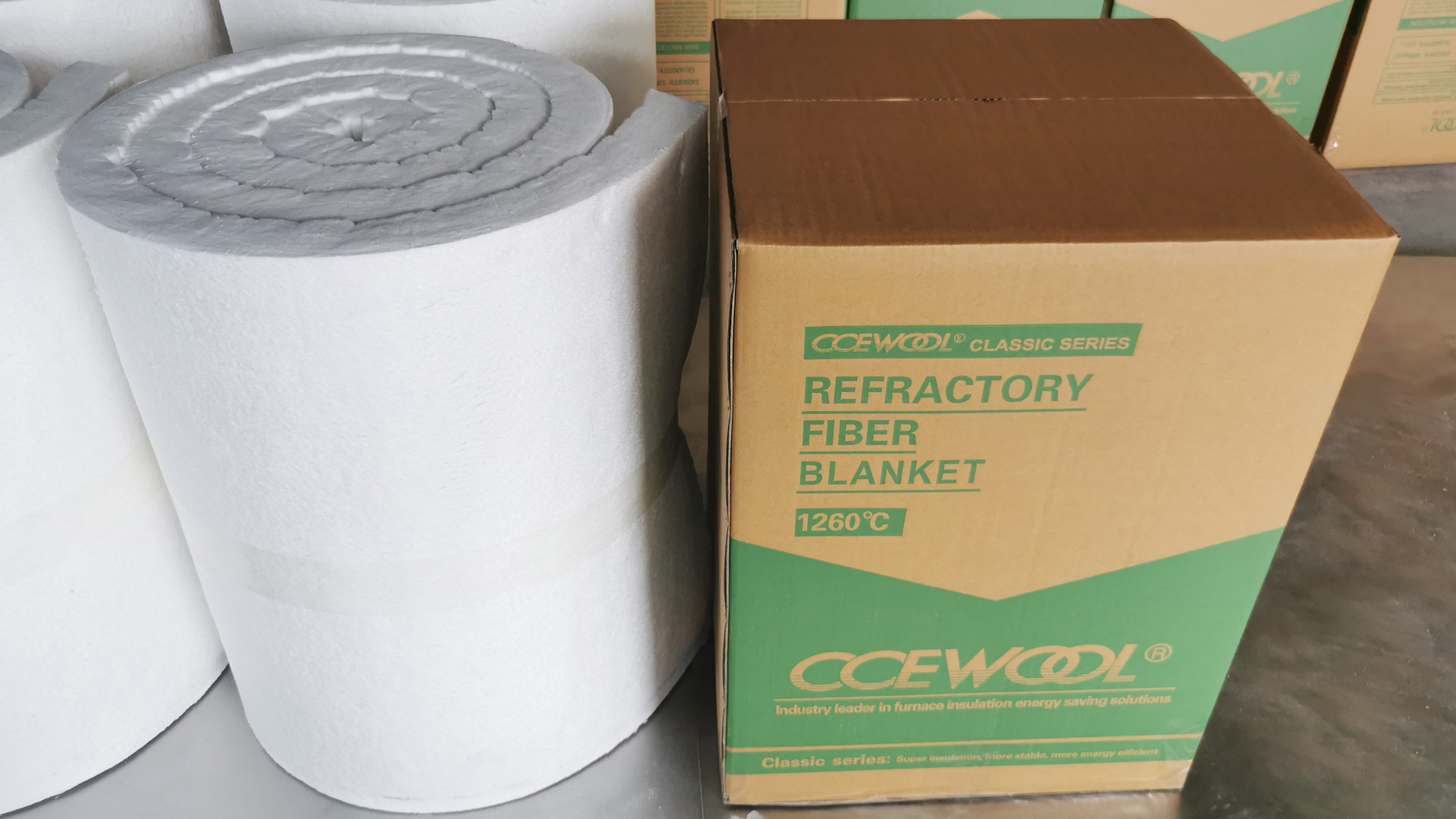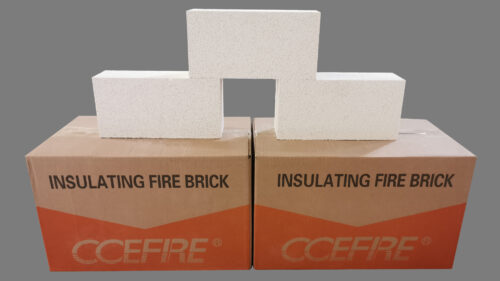What is the fire rating of ceramic fibre blanket?
- 23 Sep, 2024
- Industry

In modern industrial and construction applications, the choice of fire-resistant materials is crucial. Particularly in high-temperature environments, the fire rating of insulation materials determines their performance in extreme conditions or emergencies. As a leading brand in the industry, CCEWOOL® ceramic fibre blankets have become the preferred material for many companies due to their outstanding fire-resistant properties. So, what exactly is the fire rating of CCEWOOL® ceramic fibre blankets?
The Fire Rating of CCEWOOL® Ceramic Fibre Blankets - Class A Fire Rating
CCEWOOL® ceramic fibre blankets have passed the strictest fire resistance tests and earned the internationally recognized Class A fire rating. This means that in the event of a fire, the material not only withstands high temperatures and maintains its structural integrity but also does not produce harmful gases or flammable substances, ensuring the safety of both people and equipment. The Class A fire rating is the highest fire standard for insulation materials in construction and industry, effectively withstanding extreme high-temperature environments.
Excellent Insulation Performance, Energy Saving and Environmentally Friendly
In addition to its excellent fire resistance, CCEWOOL® ceramic fibre blankets also offer superior insulation performance. Its unique fiber structure and low thermal conductivity ensure minimal heat loss in high-temperature environments, helping companies save on energy costs. This makes CCEWOOL® ceramic fibre blankets widely used in industries such as steel, petrochemical, power, and aerospace for insulation and fire protection in furnaces, pipelines, and equipment.
High-Temperature Resistance and Long-Term Stability
Made from high-quality ceramic fibers, CCEWOOL® ceramic fibre blankets can withstand working temperatures of up to 1260°C or higher. Even in extreme heat, the product retains its physical and chemical properties, showing no signs of aging or deformation. This ensures a long service life, reducing the need for frequent maintenance and replacement while minimizing downtime and increasing operational efficiency.
Lightweight and Efficient, Easy to Install
Compared to traditional fire insulation materials, CCEWOOL® ceramic fibre blankets are lightweight, soft, and easy to cut, making them convenient to install and transport. Whether used for complex pipelines or large-scale equipment, CCEWOOL® ceramic fibre blankets can be easily adapted, providing long-lasting insulation and fire protection. This efficient installation process significantly reduces both time and labor costs.
Safe, Environmentally Friendly, and Quality Assured
CCEWOOL® ceramic fibre blankets excel not only in performance but also in safety and environmental friendliness. They are asbestos-free and contain no harmful substances, complying with international environmental standards. During use, they do not release toxic gases or dust, making them safe for both the environment and human health. Additionally, CCEWOOL® follows the ISO 9001 quality management system, ensuring that every product meets the highest quality standards.
As a high-performance fire-resistant insulation material, CCEWOOL® ceramic fibre blankets, with their Class A fire rating, excellent insulation properties, high-temperature resistance, and environmentally friendly characteristics, have become an ideal choice for various industries. Whether for high-temperature furnace insulation or fire protection of industrial equipment, CCEWOOL® ceramic fibre blankets offer the most reliable solutions.



